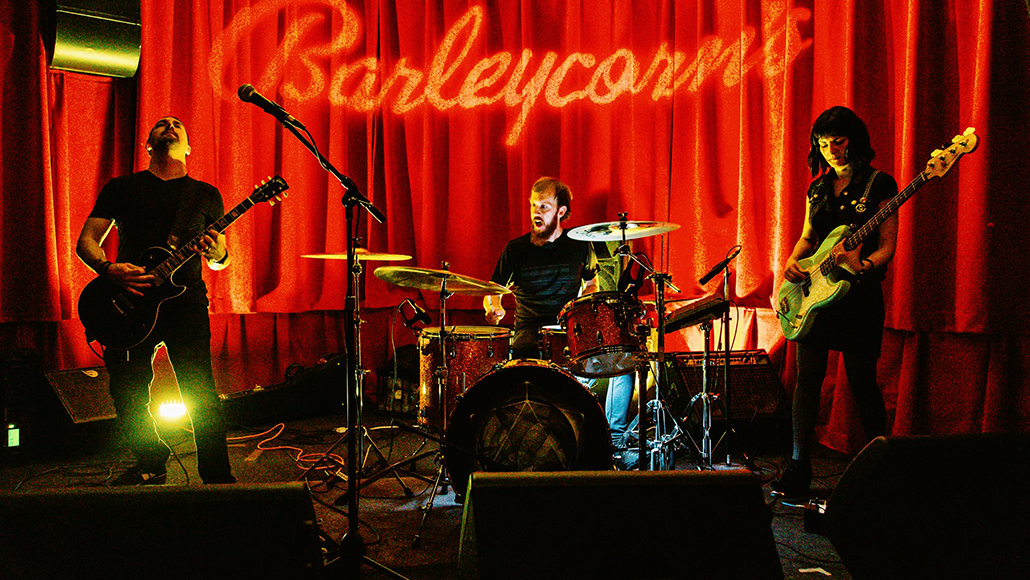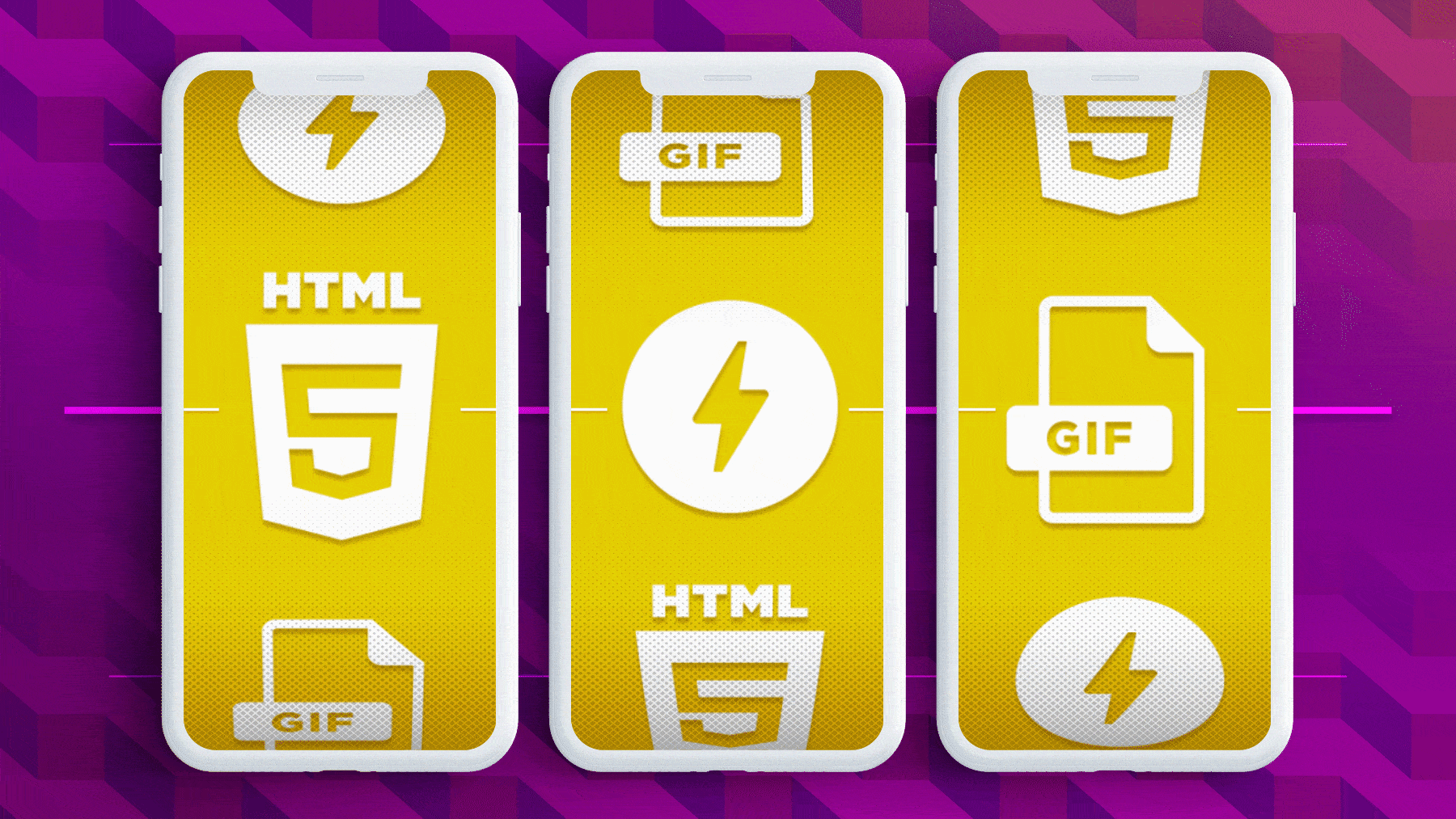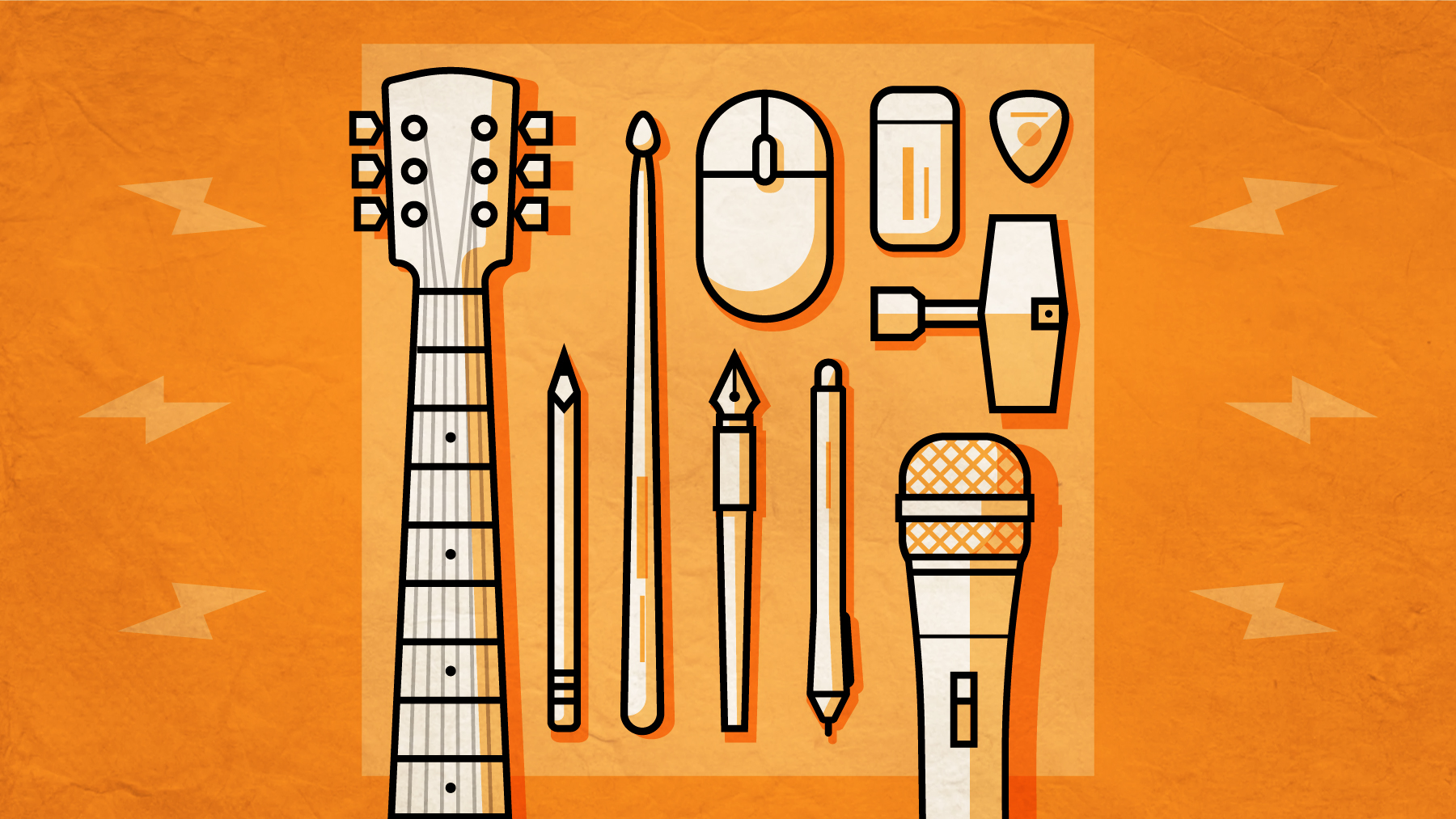
In advertising agencies, you almost always find employees who are musicians. And we’re no different. Naturally, we really wanted to know, so we asked them: How does your music factor into your daily life at Jajo?
Kristyn Chapman — Graphic Designer
I got into graphic design because of music. I wanted everybody to know about what I was making. I designed posters for my bands’ shows and put them everywhere I could think of. Two equal passions: making the music and letting people know about it.
Music and design are complementary. The act of creating is the same. You need to be nice to your very beginning ideas and let them take shape. Creating is so engrained in my daily life. Outside of work I’m constantly writing, playing guitar, playing and promoting shows, and collaborating with my peers. I think this familiarity with creative collaboration made me feel right at home at an agency.
Another way they are similar is that both are a vehicle for communication. Right now, I’m in the process of releasing my first record for Cartwheel. I’ve been playing in bands for 12 consecutive years, and this is the first time I’ve ever shared my songs. So there’s a lot to say, and there’s a lot of depth in it.
Kristyn is the vocalist and sole guitarist of Cartwheel and lead guitarist of Team Tremolo. You can catch Cartwheel’s debut release show at Wave Friday, February 15.
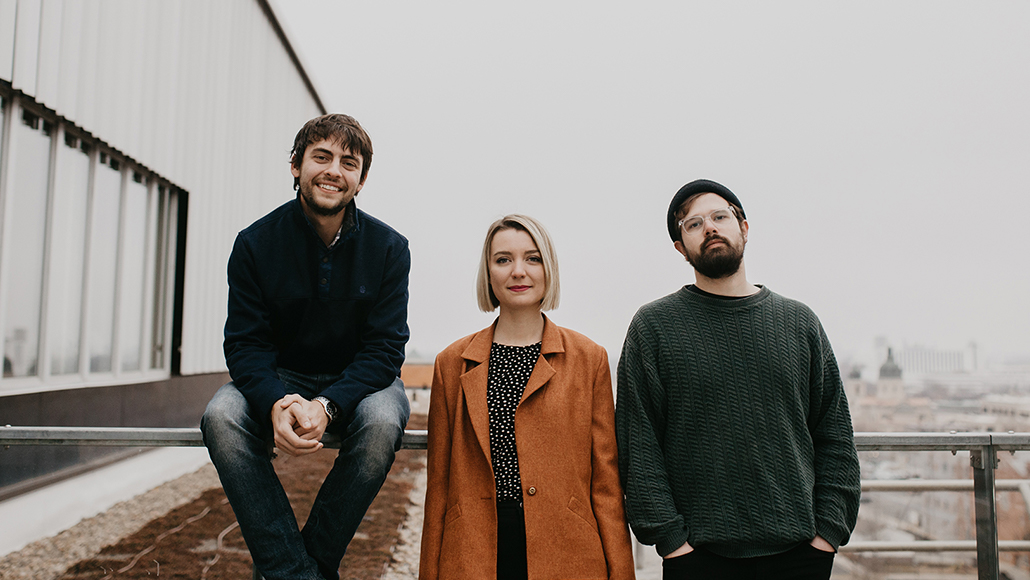
Brian Seitz — Digital Developer
Music has been a major part of my life since I was about thirteen. Whether it be writing lyrics, learning new instruments or listening and taking inspiration from other music, it was all I spent my time doing. Music is one of the reasons I chose development as my career path. From fifteen to twenty, I was the drummer and co-manager of a band. I spent plenty of time working on designs for various items for the band. Yet, making the band’s website is where I found my love for development. Finding development gave me that similar kind of drive and accomplishment music did. Learning a new language or technology was as satisfying as learning a new guitar riff, drum fill or lyric.
Being creative is an obvious parallel for music and development. My experiences in the band lend themselves perfectly to what I do daily. Being in a band taught me to work with many different creatives on one project. It taught me how to communicate my ideas, critique others’ ideas, and how to take criticism of my own ideas. On top of that, being a co-manager taught me not only to worry about the creative aspect of the music but also the business. Writing and playing music is all well and good, but if you forget about deadlines, money and logistics, it can all go downhill pretty quickly. All these lessons translate to what I do on a daily basis. I work with many creatives on large projects while keeping track of budgets, deadlines and client goals. I do all this to make sure we’re meeting clients’ expectations as well as our own.
Brian is our in-house virtuoso. He plays the skins, guitar, bass and a little bit of piano. Brian has muscled through a few of his own side projects and was drummer in Show at the Ballroom.

Matt Meinecke — Copywriter
Bands take a lot of work. There’s so much behind the scenes that most people don’t see. A lot of pieces have to come together for them to function, especially when you throw recording and touring in the mix. I always loved the challenge. And mashing three, four or five brains together to make one thing is really interesting. I love writing songs. So it was a natural progression into writing in general. Writing can be a lonely pursuit, but working at an agency changes that. We’re in it together. It reminds me of music in that way.
Today, I try to add drumming in wherever I can. Since most of what I do at work is in my head, drumming gets me out of there and into somewhere, I suppose, more primal and natural. Whether it’s working on a beat over lunch or running through songs and letting my kids go wild after work, drumming gives me a chance to hit reset every day.
Matt has drummed for many bands, including Afton, with whom he toured the U.S. extensively in his early days.
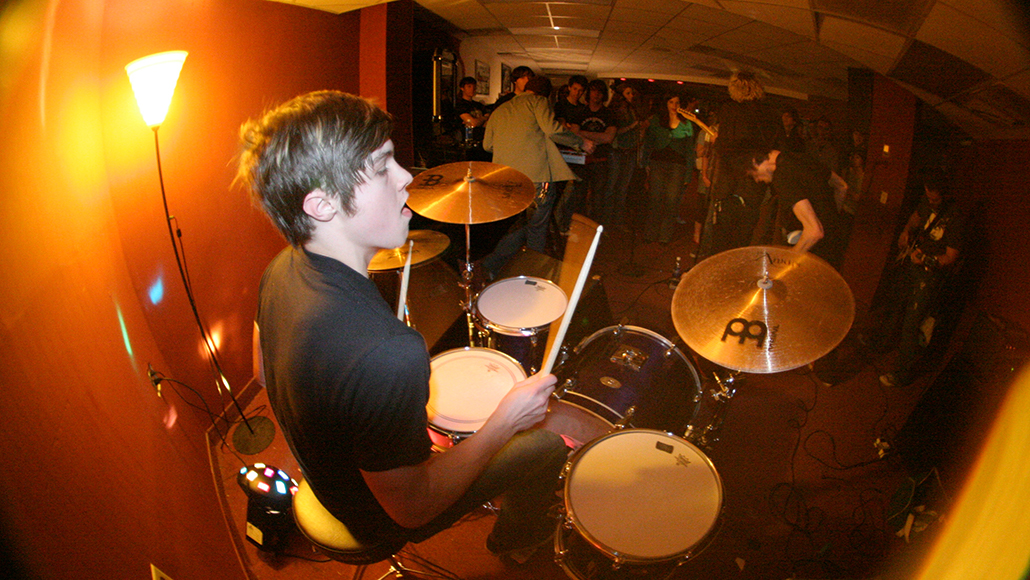
Mike Gangwere — Associate Creative Director
In the world of design, there are a few principles that are used to create compelling pieces with clear messages that solve a specific problem. In the world of music, although there isn’t a problem to solve, these principles can be used to help craft a great song or album. I’ve always enjoyed the correlation between the two and continue to utilize (and sometimes break) these principles when designing and creating music.
Hierarchy
Say what you want to say, and say it with some forte. Don’t clutter and muddy up your song up with too many dissimilar ideas.
Contrast
It’s the difference and space created between elements. If colors are too muddy, they need more contrast. If it’s unclear what instruments you’re listening to or if a singer’s voice is being overtaken by a rhythm guitar, there should be more contrast.
Repetition
On a print piece, if you see a red italicized font only once, it feels like a mistake. The same idea can be related to the ideas of verses, choruses and repeating themes.
Proportion
The size and weight of elements in a composition and how they relate to each other. Craft the sections and phrases to sizes, lengths and intensities that corollate to each other.
Movement
How a viewer’s eye is led from one element to another, thoughtfully and intentionally. A song can be crafted the same way by hinting at melodies of the chorus in the intro or creating call and response phrases, or simply by evolving one riff slowly throughout the piece.
Negative Space
Visually just as important as the elements you have included in your piece, is the space you’ve allowed those elements to breathe. Likewise, the lack of sound is in fact what makes a great song.
At the end of the day, it’s just music. Nobody is going to get hurt if an element is bent. After all, rules are meant to be broken. It’s rock ‘n’ roll, not calculus. There’s never a perfect answer to design or music.
Mike is a high-octane drummer with Standing in the Colour. His trio is known for their experimental rock sound.
